This winter, the Smithsonian National Museum of Natural History and Esri’s StoryMaps team partnered to create a story based on the museum’s popular Objects of Wonder exhibition.
Only a tiny fraction of the 147 million + objects at the National Museum of Natural History are on display at any time. This story allows a broad audience of online visitors to experience a version of the Objects of Wonder exhibit, even if they cannot visit the museum in person.
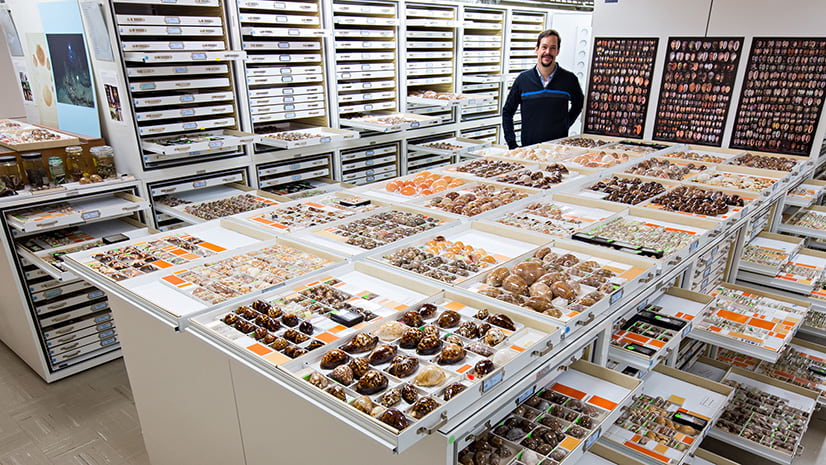
The story centers on the value of the museum’s collections and how they’re vast, actively used by researchers, and reveal connections between objects, nature, and culture. It highlights these key messages with photos, maps, and illustrations of specimens from the exhibition. Each object has a story and location behind it; some have journeyed thousands of miles to reach the museum.
“The National Museum of Natural History’s collection of more than 147 million objects is an irreplaceable archive of the history of our planet and the life on it. Each of these “Objects of Wonder” tells the story of a moment in time that not only allows us to understand our past but also opens a window into our future, this new StoryMap will allow us to reach a global audience to underscore the importance of museum collections and share their fascinating stories.”
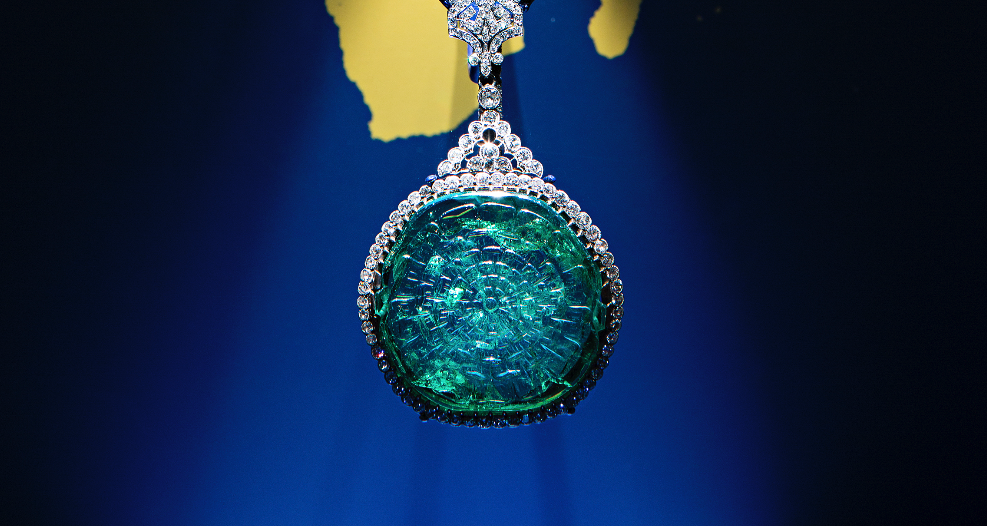
The collections of the museum are constantly growing and reveal new connections to the past and present. Objects tell us where they have been, who made them, and how they moved from place to place. Through trade and cultural exchange, objects, created in one place end up somewhere new. Often, the objects take on new forms as artists blend their cultural influences.
One specimen featured in the story is an emerald necklace donated by Madeleine H. Murdock. You can explore the necklace’s journey from the emerald mines of Colombia to the National Gem and Mineral Collection in Washington, DC.
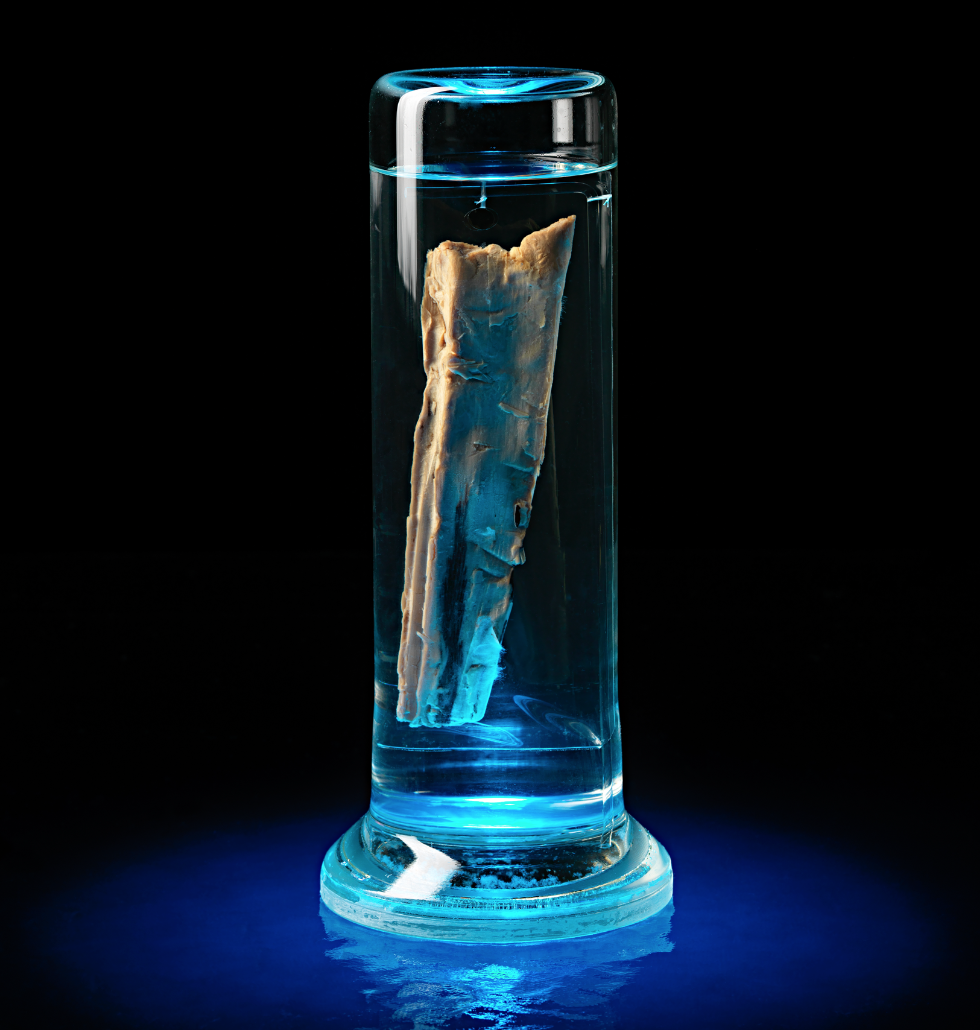
Another specimen featured in the story is earwax from a whale. Why would a museum have this in its collection? It turns out that whales’ earwax builds up, layer by layer, like tree rings each year. For over 50 years, marine biologists have used earwax plugs to determine a whale’s age. Now, by chemically analyzing each layer, scientists can trace pollution and stress levels throughout a whale’s life. These lifetime profiles help scientists better understand how human activities are affecting these marine mammals and their environment. This specimen demonstrates how scientists actively use items in collections to make new discoveries.
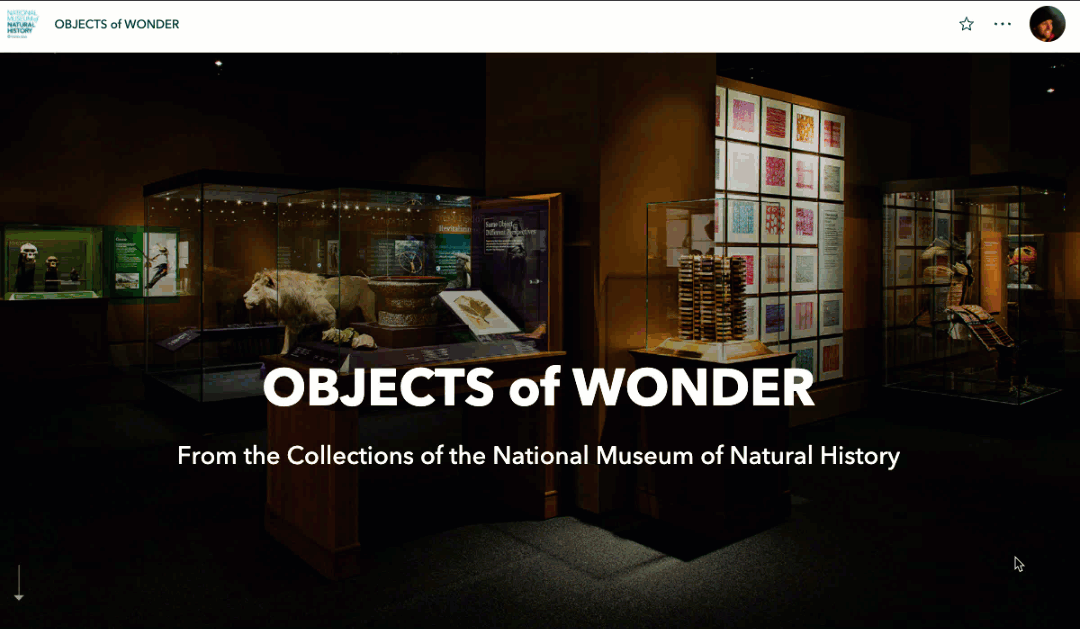
We hope readers gain a new awareness for the importance of collections and feel inspired to learn more about the tremendous work of the Smithsonian National Museum of Natural History.
This story is just one of the dozens that have been created by various units of the Smithsonian. Some are brief narratives, and others are complete virtual exhibitions. This work helps to open exhibitions and museums to people around the world who may never visit in person.
We’re inspired by the work that’s being created by Smithsonian staff to tell rich place-based stories. We’re hopeful that many museums, zoos, and aquariums will make innovative use of ArcGIS StoryMaps to bring exhibitions to new and broader audiences.
We can’t wait to see what you create.
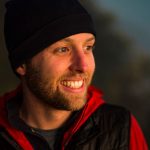


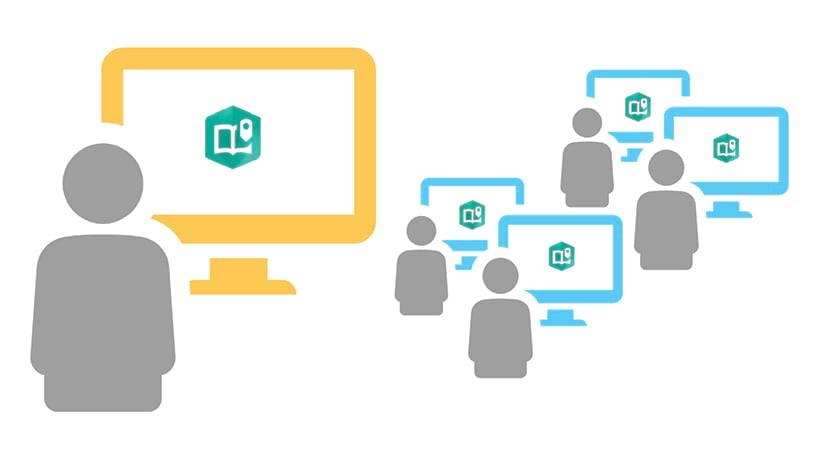
Article Discussion: